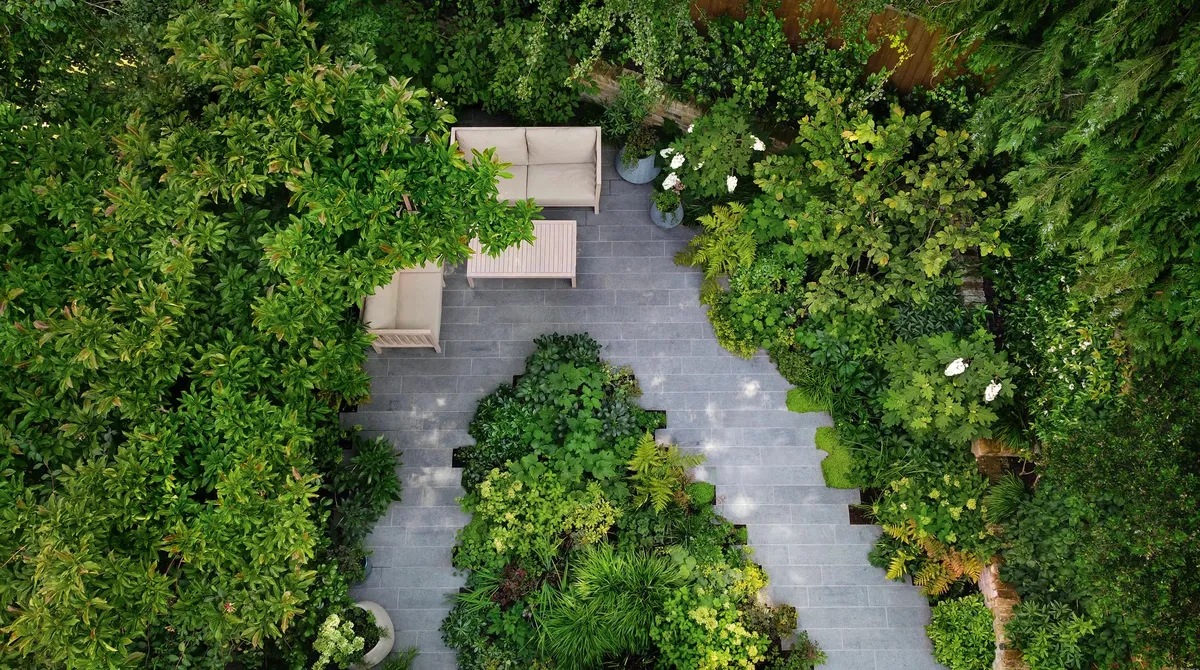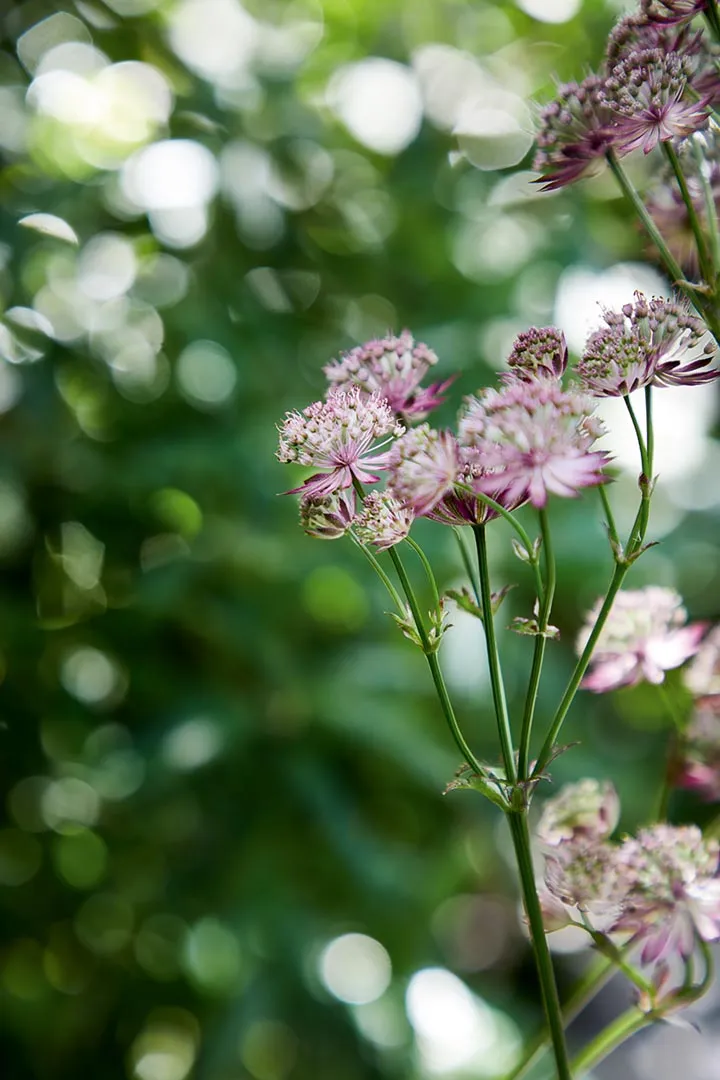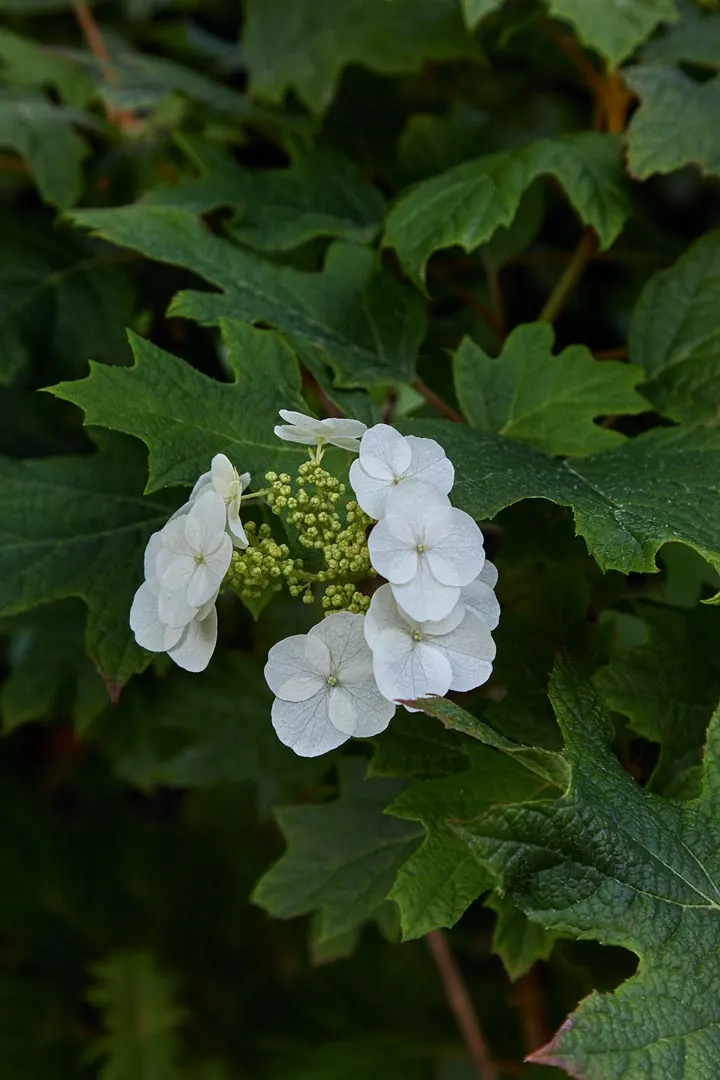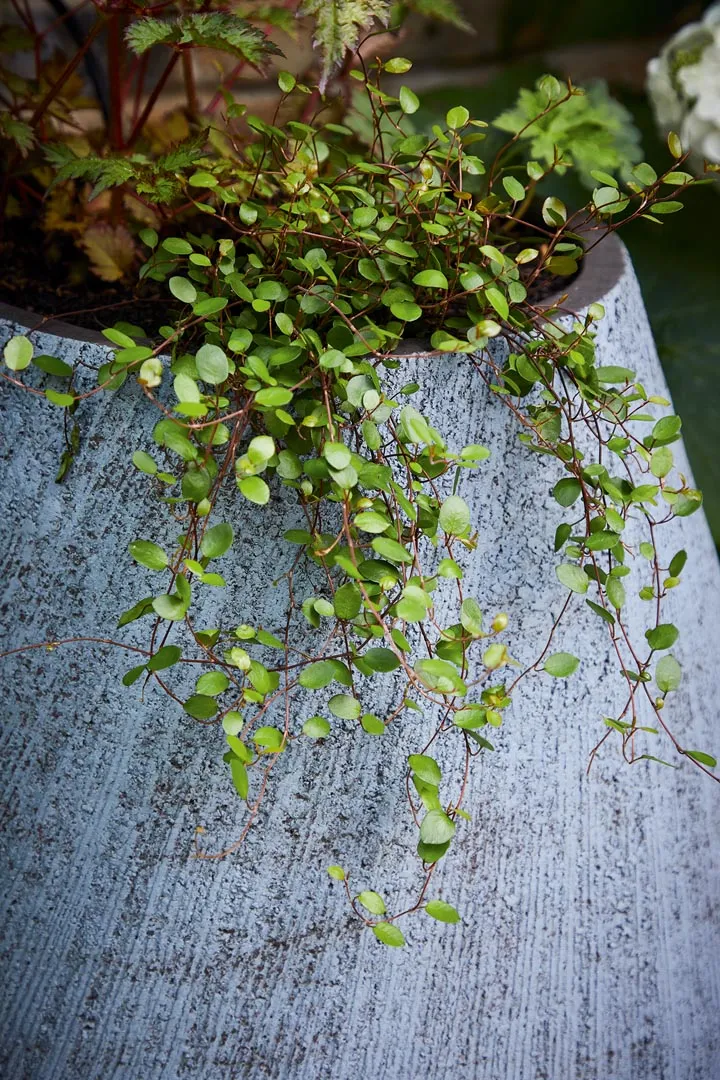Most London gardens tend to be similar when it comes to shape. There might be a few square or freeform plots, but the vast majority are rectangles, so it is a pleasant surprise to be presented with a space that breaks the mould. This was the experience of garden designer Stefano Marinaz when he first set eyes on this north London, split-level plot, which comes to a very definite triangular point in one rear corner.
The garden in brief
What Small city garden. Where London. Size 44 square metres. Soil Clay. Climate Temperate. Hardiness zone USDA 9.
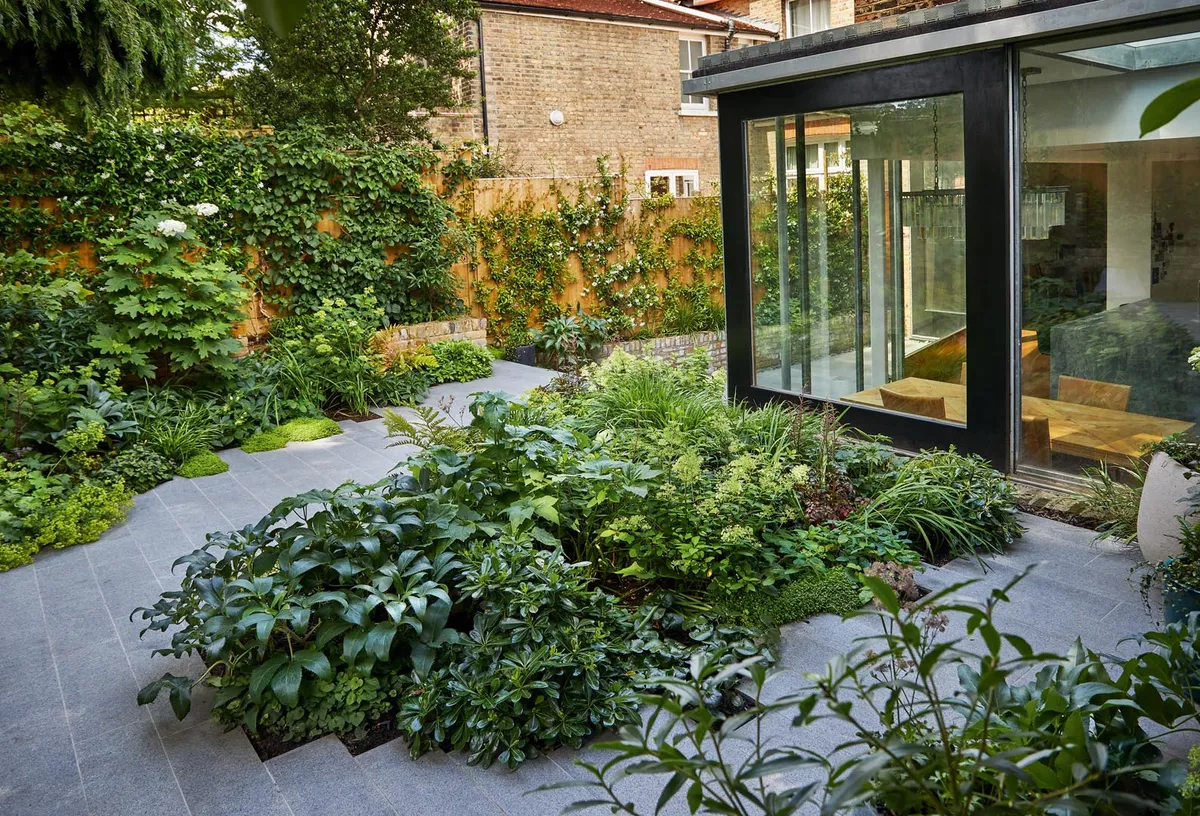
Starting with a very shady and therefore muddy and rarely used lawn, Stefano was keen to create a contemporary, informal and much more usable space. He suggested a seating area at the furthest point, giving the clients a reason to venture out. “I knew a straight path wouldn’t work with the shape of the space,” he says, “so I used the paving to echo its form while leaving room for some deep beds, which allow for the layering of plants and textures.”
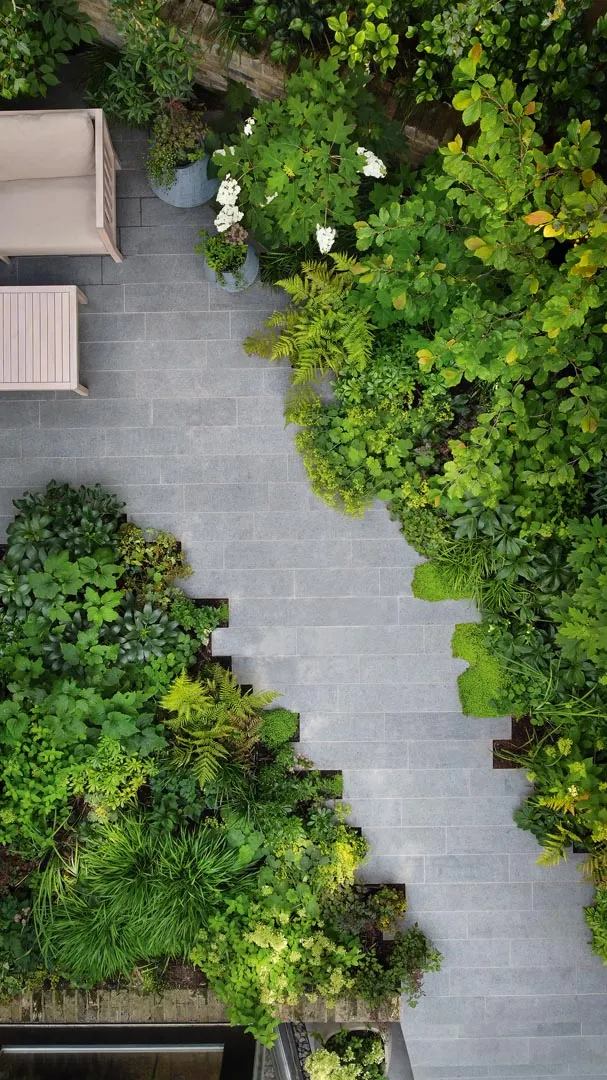
The most prominent of these is the large border by the kitchen window which, because of the level change, means that when seen through the open window from inside, the planting is almost at waist height. The lawn is gone, replaced by a lush, verdant mix of Helleborus argutifolius, Pittosporum tobira ‘Nanum’, Hakonechloa macra and Dryopteris erythrosora. As elsewhere in the garden, the mix is roughly 60 per cent evergreen, with the shapes and colours of the foliage responsible for much of the interest. Floral highlights come in the form of white narcissi in spring; Trachelospermum jasminoides in summer; Anemone x hybrida ‘Honorine Jobert’ in autumn; and the wonderfully scented Daphne bholua in winter. Hydrangea feature prominently too, given their ability to handle shade and clay soils. H. paniculata Bobo (= ‘Ilvobo’) is used in the main bed, H. quercifolia Snow Queen (= ‘Flemygea’ ) appears in the borders, and H. anomala subsp. petiolaris clothes a new fence.
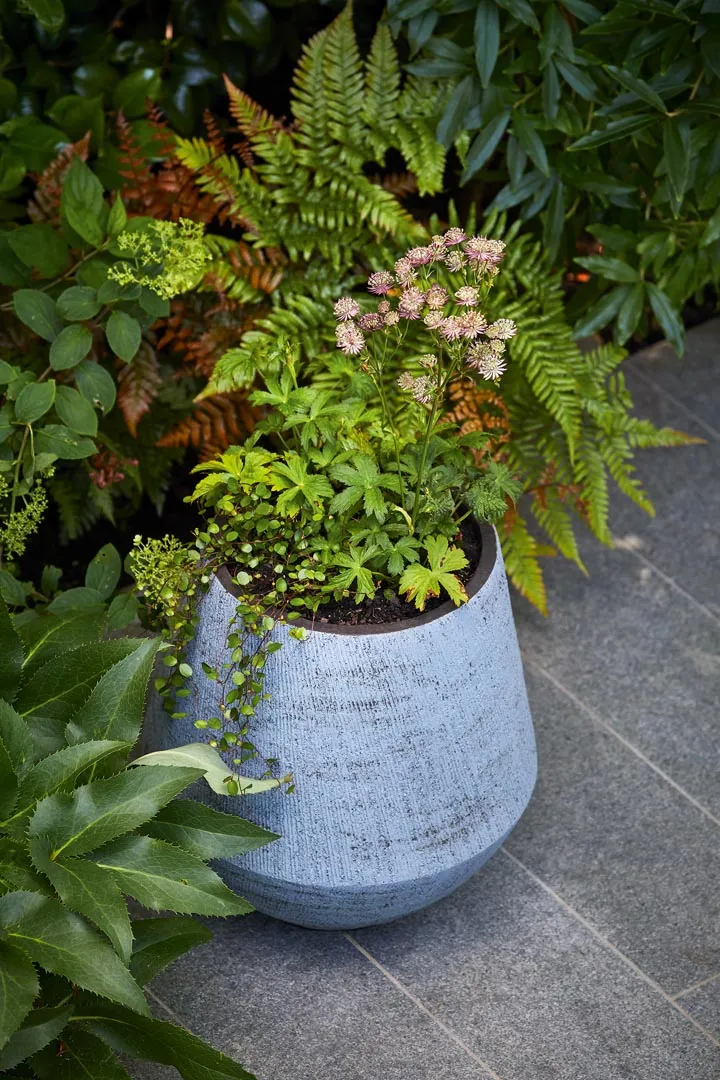
Stefano specified the blue-grey terracotta pots from Atelier Vierkant feeling that their modern, minimalist look would work well with the granite paving, itself chosen for its light grey hue and resistance to water and frost. Large areas of paving always risk overwhelming a space and so to prevent this, Stefano has kept the edges irregular, softening them with cushions of creeping plants including Viola riviniana Purpurea Group and Soleirolia soleirolii, which help to minimise maintenance, a task the owners have now taken over themselves. “This is the first garden they’ve made,” says Stefano. “I think the fact they want to take care of it and that it is a joyful activity for them says something about how they feel about the space.” A garden that provides you with a new perspective on life, as well as on your space, has to be one worth celebrating.
6 key plants to use
1
Viola riviniana Purpurea Group
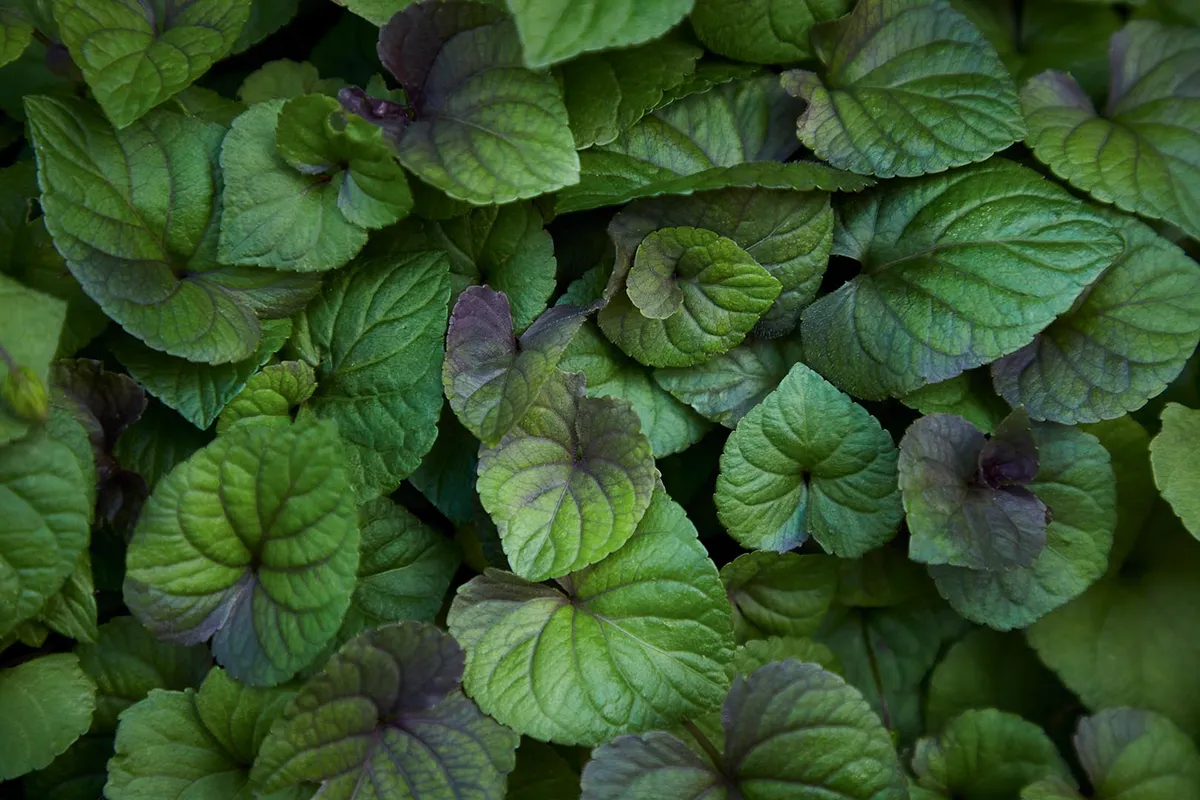
This low-growing perennial is one of Stefano’s favourite self-seeders. He loves it as much for its spreading, weed-suppressing habit as its beautifully coloured, heart-shaped leaves. Happy in full shade, in spring it bears small, purple flowers. 10cm. RHS H7, USDA 3a-8b. Hardiness ratings given where available..
2
Astilbe ‘Chocolate Shogun’
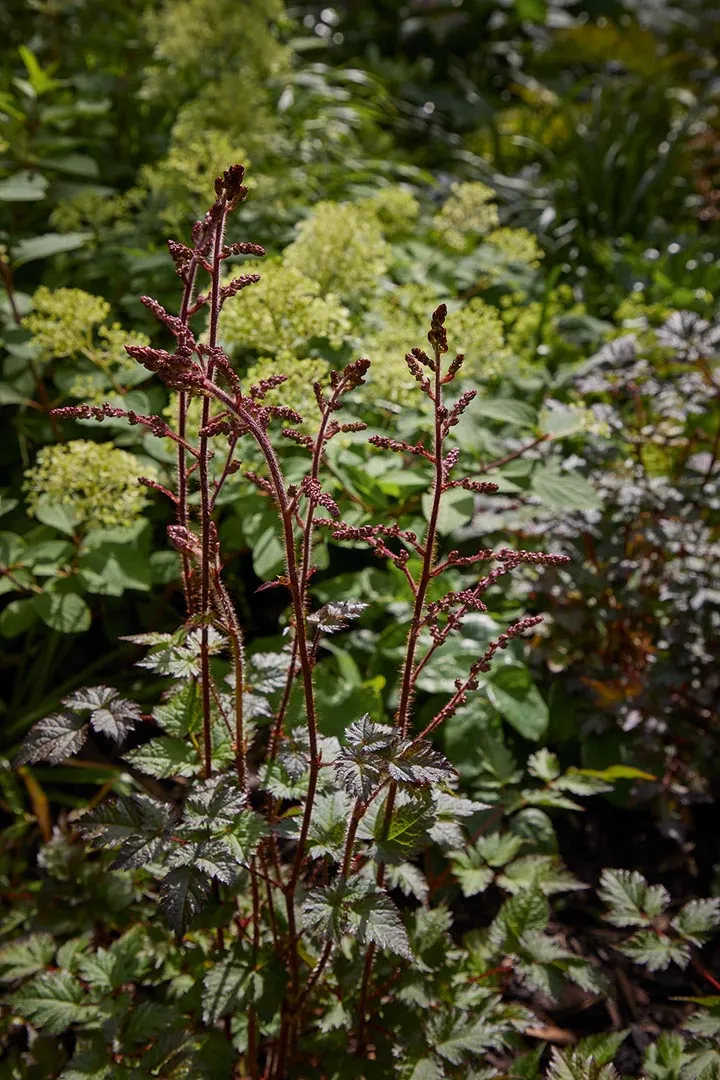
A striking plant with deep-burgundy leaves and tall stems of dark-pink flowers in high summer. Easy to maintain – just chop it back hard in late autumn or early spring. 60cm. RHS H5.
3
Astrantia ‘Roma’
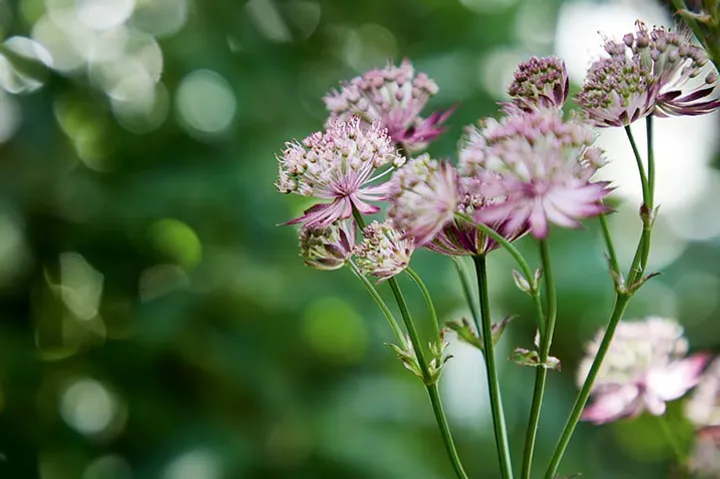
Pincushions of pink flowers borne on wiry stems for months throughout the summer make this clump-forming perennial a great choice for shady or woodland gardens. 50cm. AGM. RHS H7, USDA 4a-8b. Holds an Award of Garden Merit from the Royal Horticultural Society.
4
Hydrangea quercifolia Snow Queen (= ‘Flemygea’)
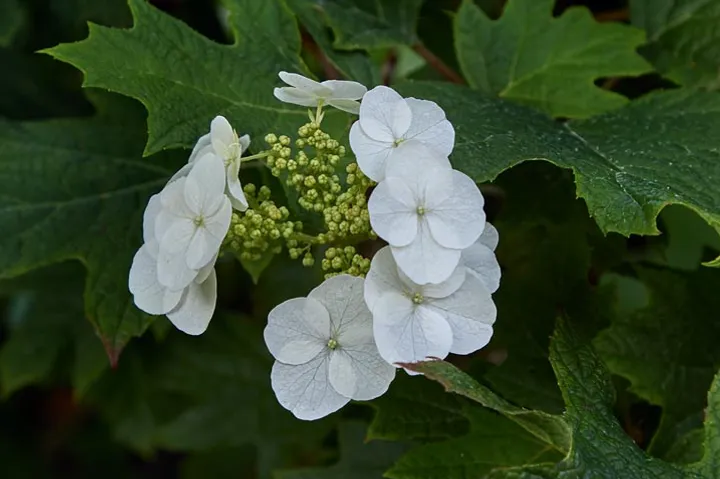
This hydrangea makes a good-sized mound of foliage, with a profuse display of white flowers that turn pink as the season progresses. The deeply cut green leaves take on a beautiful range of colours in autumn. 2m. AGM. RHS H5, USDA 5a-9b.
5
Muehlenbeckia complexa
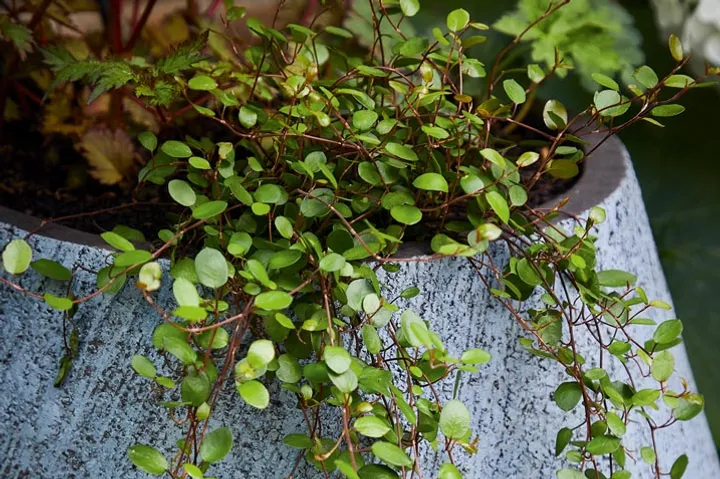
This deciduous climber can reach up to 3m in height, although Stefano likes to use it in pots where its trailing stems can be shown to best advantage. In this garden, its rounded leaves echo the clumps of Soleirolia soleirolii planted in the paving. 3m. RHS H3.
6
Helleborus argutifolius

A different beast to most hellebores, this is larger, more upright and has much more presence in the border. Grown primarily for its handsome serrated foliage, though it also bears pale green, long-lasting flowers in spring. 1m. AGM. RHS H5, USDA 6a-8b.
Useful Information
Find out more about Stefano’s work at stefanomarinaz.com
